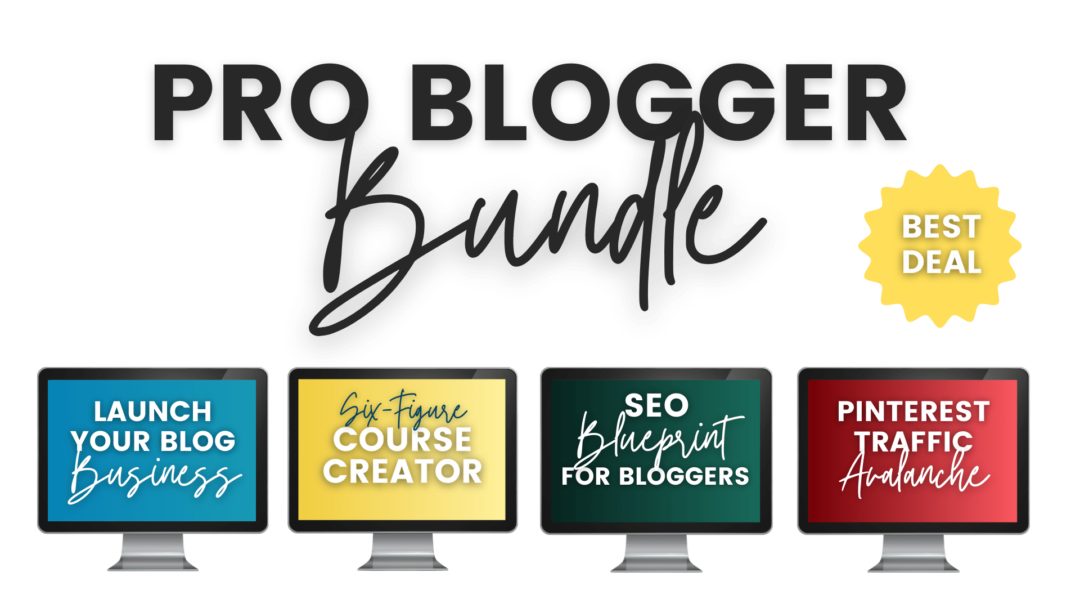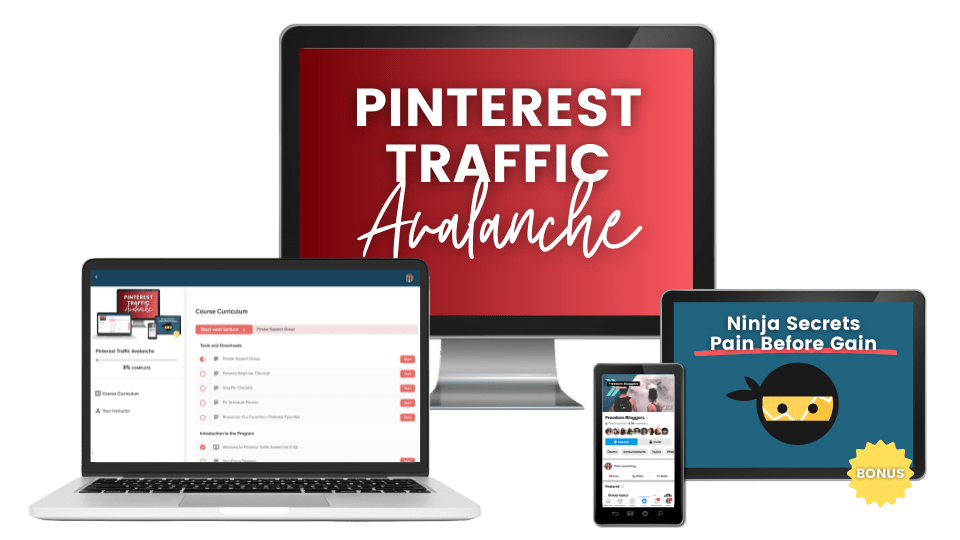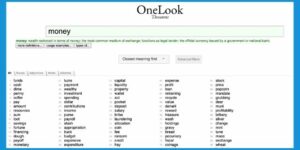If there’s one thing I’ve learned as a serial entrepreneur who finally found success as a freelance copywriter, it’s that if you change your mindset, you can change your life.
“Change your mindset change your life” totally sounds like hyperbole, I know.
And as someone who considers herself to be very grounded and analytical, I have to think twice about saying that—not to mention putting it in writing!
So let me scooch back an inch and explain . . .
There are three fundamental beliefs, which I’ve adopted over the years, that have changed my life—and fueled my business success.
My “Entrepreneurial Mindset Trifecta” (as I’ve lovingly coined these three beliefs) has helped me build self-confidence, try new things, discover new interests, and develop new talents. It’s also empowered me to make more money, in less time, with less stress. Which in turn, gives me the time freedom to do more of the things that make me happy.
In short, adopting this mindset has helped me create a life that’s filled with purpose, freedom, and joy.
So… do I stand behind my hyperbolic sounding statement, change your mindset change your life? Heck yes, I do!
Now that that’s off my chest, let’s dive in, shall we?
3 Mindset Shifts To Change Your Life
Here are the three simple beliefs I’ve adopted that have changed my life and helped me create a happy and successful life as a solopreneur.
1. “BRAVERY IS MY SECRET WEAPON”

When I took the leap to start my freelance copywriting business, I was a single mom of a toddler, and I didn’t have a job (I’d recently sold my previous business).
And I needed to start making money ASAP.
You’ve heard the saying, “Start before you’re ready”? That’s exactly what I did.
I started off by trying to land clients.
Right from the get-go!
Before I had any copywriting experience.
Before I had a business plan.
. . . Or a strategy of any kind. Or a website. And this was in the early 2000s, so social media wasn’t even a thing to consider.
To be clear, I’m NOT recommending this as the way to kick off a new business venture! I’ve learned boatloads since then about much smarter steps I could have taken. Plus, a lot has changed in terms of technology.
Then why am I even telling you this story, you ask?
Because looking back, I can see that my belief in that moment of my life—which was that I had no choice but to act bravely—has stuck with me.
Nowadays, I consider bravery my superpower. And this simple mindset shift has helped change the trajectory of my life.
Back to the story . . .
I made a list of 500 businesses and organizations, found their phone numbers—and started calling and asking if they needed any copywriting help. And yes, I said CALLING. As in, talking to actual people on the phone. I called all 500 numbers in one week (huge thanks to my mom, who flew out for the week to take care of my toddler daughter while I was on the horn non-stop).
Did I want to make 500 cold calls? Hell NO. Absolutely not!! It gave me a pit in my stomach just thinking about it.
First of all, I’m an introvert. I’m also missing that go-go-go Type A gene that many people associate with successful entrepreneurs.
But I did want to start my business and be successful. And that fire in my belly motivated me to move past my fear.
At that point, the only experience I had writing marketing copy was the stuff I’d written for my own entrepreneurial ventures. I’d never written a drop of advertising or marketing copy for anyone else.
I did have some confidence in my writing abilities, but it was based on my creative writing experience. I also had some background in acting and improv.
So before each set of calls, I’d get myself in “character” and act like I was a confident, professional copywriter with a valuable service to offer.
And guess what? It got easier!
After the first few calls each day, I stopped worrying so much about how each call would go or what the person on the other end of the line would think of me. I grew a thick skin at warp speed!
A lot of the time, I’d get an answering machine (voicemail wasn’t a thing yet)—and I’d be so relieved not to have to actually talk to someone. In many cases, I couldn’t get past the receptionist or whoever that gatekeeper was—they’d either shut me down or say they’d pass along my message.
But every 47th call or so, I’d connect with the decision maker. And they’d ask me to send them samples (which I didn’t have, but quickly developed—a story for another time). Or they’d say they didn’t need any help right then but would keep my number on file. And some people were just genuinely helpful, generous, and shockingly kind.
In the end, I landed a total of three new projects out those 500 calls.
– One project didn’t even pay. It was a brochure and some other things (can’t even remember anymore) for Habitat for Humanity. But I was excited to be writing for an organization I respected–and that had some name recognition. And I figured I needed some actual writing samples pronto.
– The other two projects went well—and both companies became my long-term clients.
And many months AFTER my cold-calling spree, one woman who I’d talked to (who didn’t have any need for outside copywriting services) referred me to her friend at another company. I would never have expected her to hold onto my number, much less refer me to a friend. The best part? That friend of hers hired me—and he became another long-term client.
Those five days of brave action, which resulted in a seemingly miserable 0.06 conversion rate, paid off in more ways than I could have ever imagined.
Here’s the lesson I learned from that experience:
To make progress, you may need to do things that scare you. Or that you don’t feel prepared to do.
Because when you take that first brave step, you set the wheels of opportunity in motion.

Ready to change your mindset and change your life? Then make bravery YOUR secret weapon.
Start today.
Simply DECIDE to be brave. And then DO whatever it is you’re scared to do.
Bravery is a muscle that is surprisingly easy to build!
You’ll find that with each bold, brave action you take, you build your self-confidence. Which makes it easier to take more brave actions moving forward.
Very quickly, you’ll see your bravery muscles start to grow exponentially. In fact, being brave can become addicting.
Nowadays, when I realize I’m afraid to do something, I know it means I should most definitely do that thing.
What’s something you want to achieve right now that you’re afraid to act on?
What can you do to make it happen?
Is fear or insecurity or lack of confidence holding you back? Whatever it is, shrug it off.
Figure out what you need to do … and then go do it.
When you make bravery your secret weapon, you’ll be amazed at the power you wield to transform your life.
2. “STRATEGIC PROGRESS EATS BUSY FOR BREAKFAST”

One of the hardest parts about becoming a successful entrepreneur is sticking with it. There are so many things that can make you want to give up.
Like not seeing the results fast enough. And then losing faith in your business idea.
. . . or coming up against a challenge you don’t feel like you can solve. And then losing faith in yourself and your abilities.
Or simply feeling worn down and burned out.
When those negative feelings start creeping in, keep this in mind:
- Taking a teeny tiny step is way better than taking no step at all.
- It’s also way better than spinning frantically out of control to do a million things at once (poorly)—while simultaneously burning yourself out, blurring your focus, and killing your joy.
– Focus on doing each thing well
– with purpose
– and with a strategy for moving you toward your goals.
That sounds nice in theory, doesn’t it?
But how do you deal with days (or periods of time) when you just can’t seem to motivate yourself to focus on any work at all?
We all have those days, right? (Even you Type-A people?)
Where you can’t stop procrastinating: scrolling social media, taking snack breaks, browsing the internet for that latest thingamabob you realize you desperately need?
When that happens, it’s not hard for hours (days, even weeks!) to slip by with very little progress.
What do you do if you’re not even feeling motivated to do one little thing?
No matter what’s causing you to put things off and lose motivation, relying on sheer will power is not a sustainable action plan.
And I say that from experience.
As I mentioned before, I’m missing that go-go-go gene. In fact, I can drift off into laziness quite easily.
When you’re not feeling motivated to do ANY work at all (and especially when you’re trying to figure out how to become your own boss and run a successful business) consider trying these three steps that work for me:
1. Bribe yourself: Create a chart with milestones and associated rewards. I created a Google Sheet (that I named “My Milestone Gifts”), which I use to help me track my progress and stay motivated.
For example, if I finish project X by Thursday, I can take Friday off and enjoy a 3-day weekend. Or, if I achieve and sustain my new income goal for 3 months in a row, I can buy those splurge shoes I’ve been eyeing. The trick is to create rewards that motivate YOU and that reflect the importance and/or effort it’ll take to reach the milestone.
Commit to taking TINY ACTION: If you’re not in the mood to even take yourself up on a bribe, move on to this second option, which flips the script on the usual advice of taking massive action in order to succeed (which is also great, but not in this situation).
Here’s how to do it: Set a timer* for 15 minutes — and then crank out as much work as you can in that short sprint of time. When the timer goes off, you can stop if you want and move on to Step 3 below. But if you’re like me, those 15 minutes will often give you the momentum you need to keep going.
For this Tiny Action technique to work, though, you REALLY need to promise yourself that you CAN stop when the timer goes off. You also need to fully commit to full focus for those 15 minutes. Shut off your phone, don’t look at email, don’t check social media. Work straight through until the 15-minutes is up.
*TIP: I use Focus@Will as my timer. It’s my FAVORITE tool for improving focus and productivity (based on a series of questions, it scientifically determines the type of music or sounds that help YOU focus, and then you can set it to play for the amount of time you want. It’s amazingly effective at improving focus. And instead of a jolting alarm, the music simply shuts off when your time is up. To understand how effective it is, you gotta try it for yourself. I HIGHLY recommend signing up for their free trial!
Close up shop. If nothing is working and you simply CAN NOT/WILL NOT focus on your task, don’t sit around being totally unproductive or doing things in half-assed manner. Respect yourself enough to not waste your own valuable time. Instead, take a break or just end your workday. Go do something that doesn’t have to do with your business. Take a walk. Get your grocery shopping done. Wash your dishes. Sit outside and read a book. What-evs. Do something that you will either need to do at some point anyway OR do something that will allow you to grow or learn or even just recharge.
Want to change your mindset and change your life? Stop believing that “busy is better.”
Being busy is not a sign of entrepreneurial success. It’s a sign of not being in control of your business. Indeed, making smart, strategic progress is what separates happy and successful entrepreneurs from the rest.
In other words: Strategic progress eats busy for breakfast. (Even when that means calling it quits for the day and hopping back in at full force tomorrow).
3. “EVERY CHALLENGE IS A CHANCE TO GROW”











































































